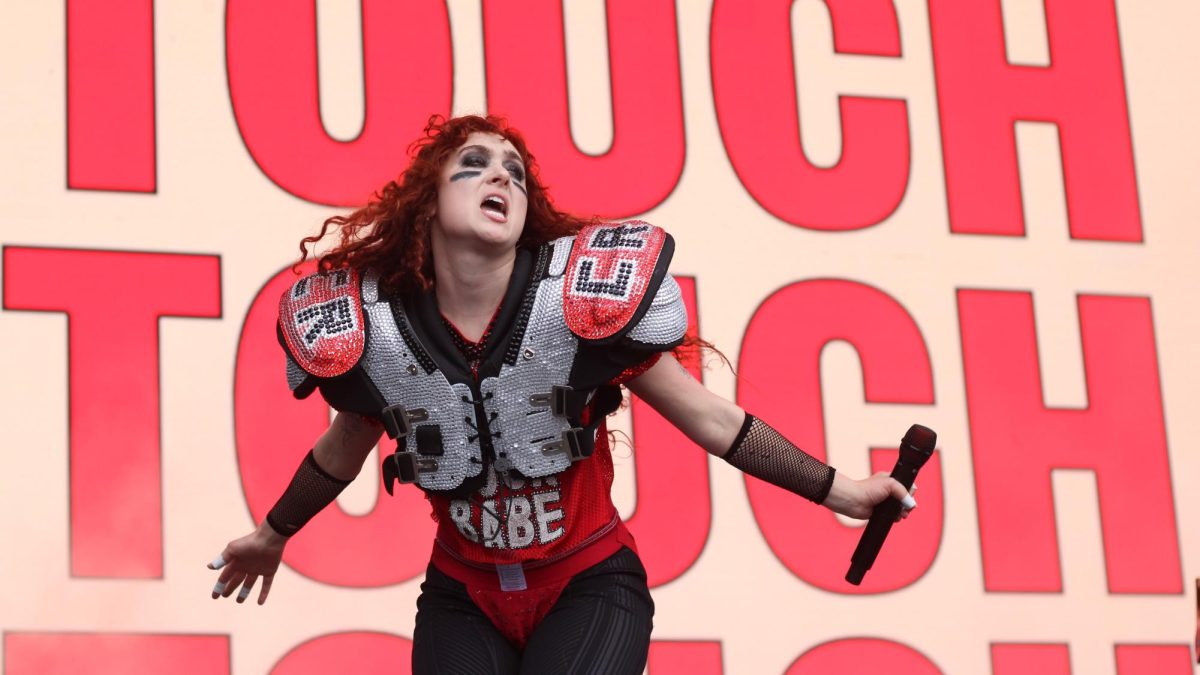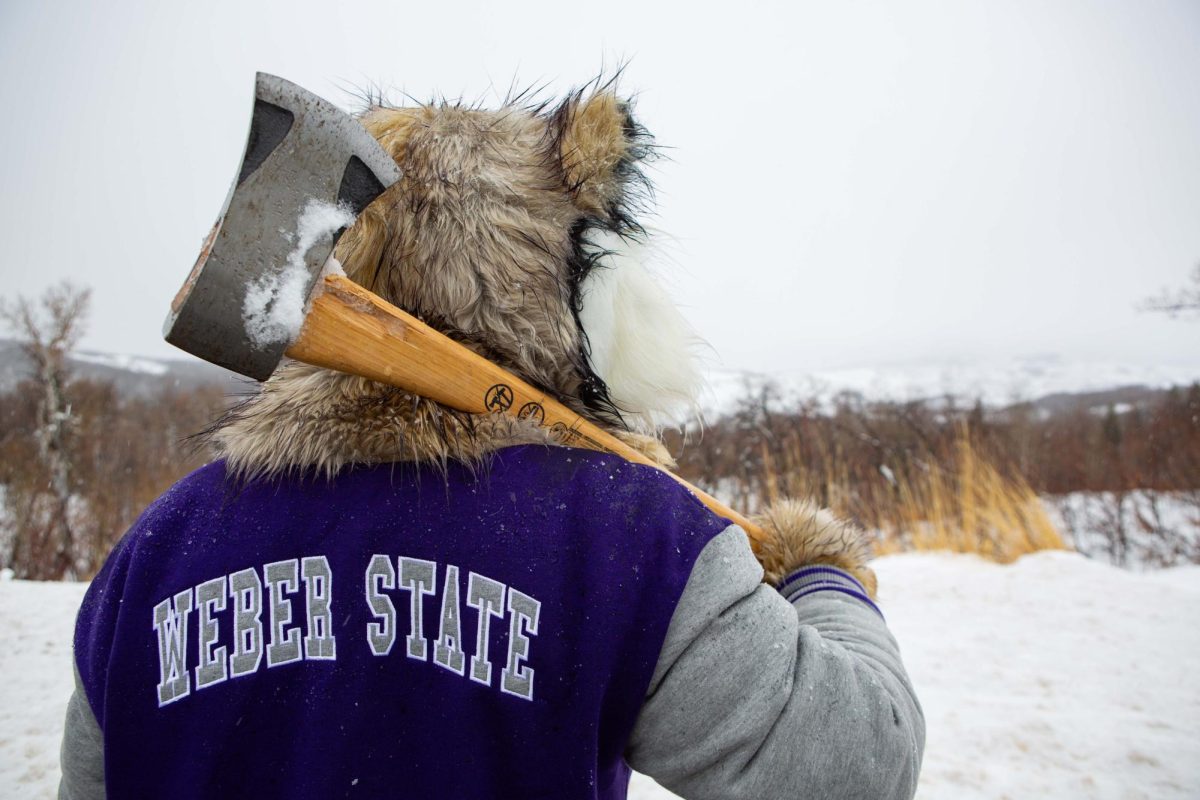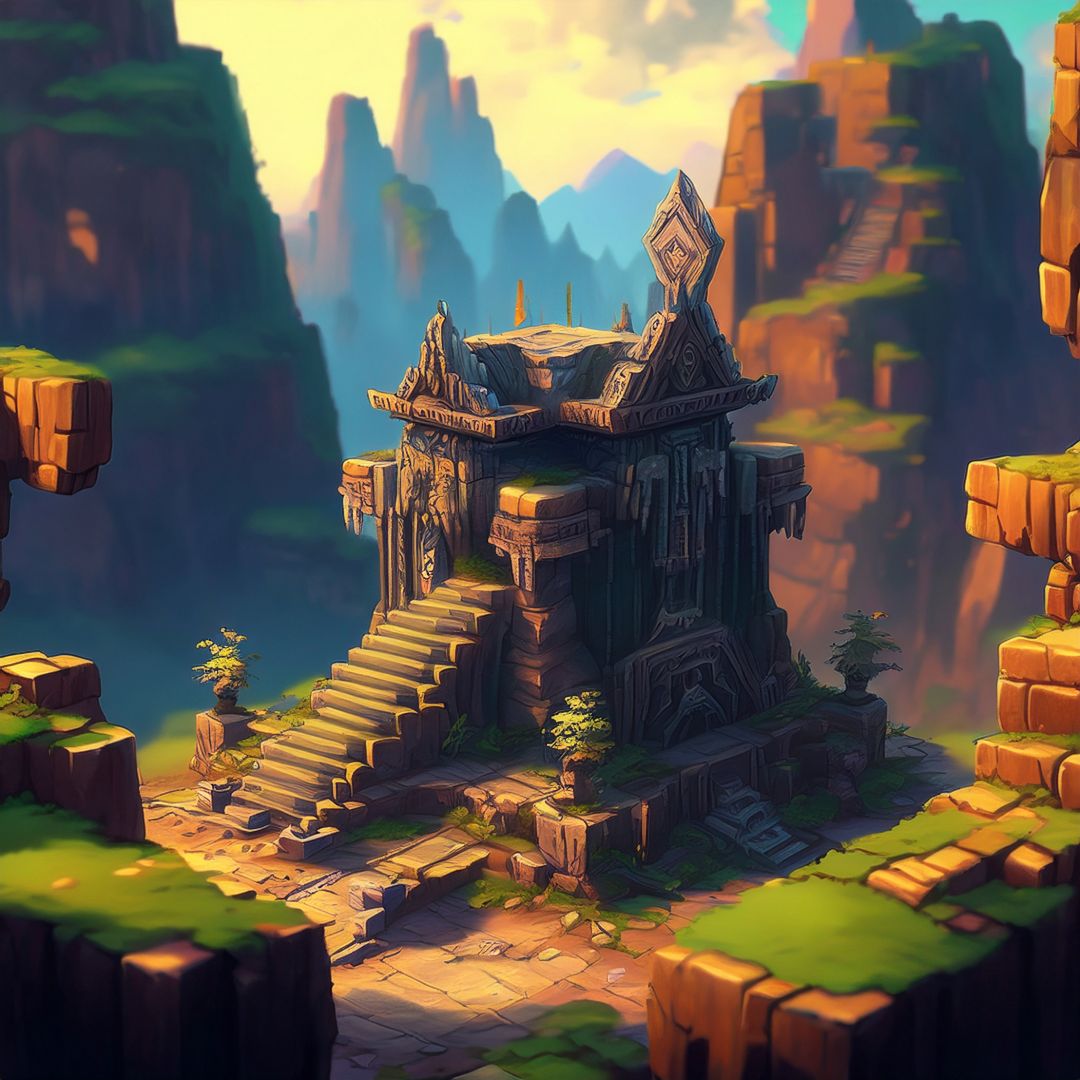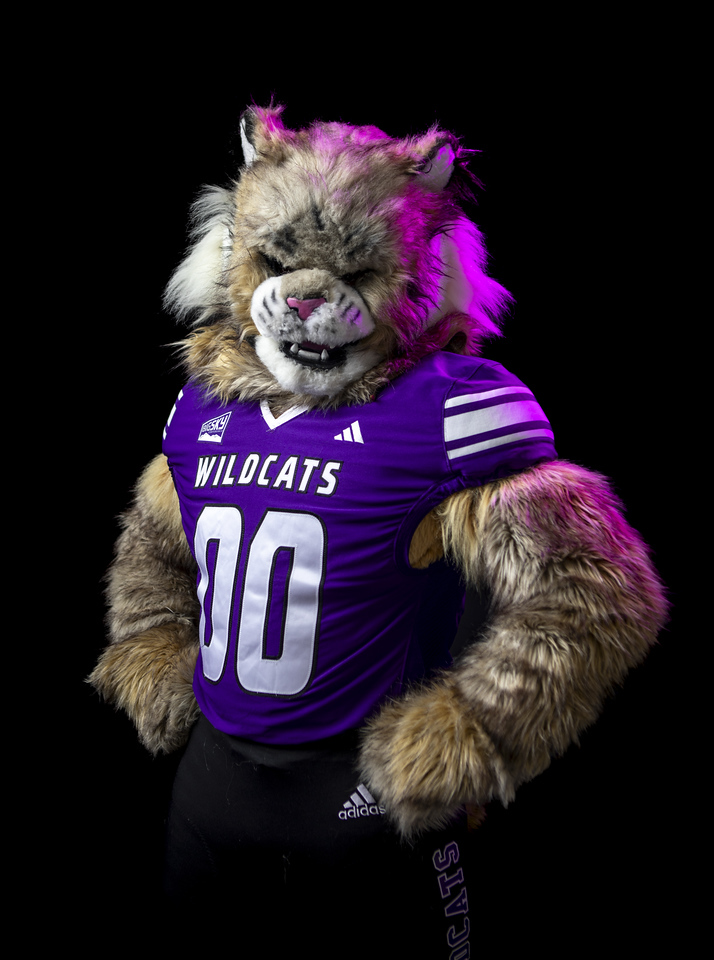By Sharon Valverde Vargas, with Tammy McCray also contributing.

In 2018, Marvel Studios released the film Black Panther. Many viewers and film critics lauded the costume designs for their color, cultural references, style, fashion and artistry.
Ruth Carter, the Oscar-winning costume designer for the film, came to the Val A. Browning Center and shared her experience about working on “Black Panther.” She won an Academy Award in 2019 and cemented her status as one of the industry’s elite talents.
She previously received Oscar nominations in 1993 and 1998 for Spike Lee’s “Malcolm X” and Steven Spielberg’s “Amistad.”
Carter began her career in theater at the University of Virginia. Fashion was not her initial interest, she told the Browning Center audience, but she did enjoy telling stories. She found costume design to be another way to add to the onscreen story telling.
“Costumes bring characters to life,” she said.
In “Black Panther,” several tribes call the fictional country Wakanda home. Each tribe has their own clothing style. Carter received inspiration for the blankets worn by the film’s border tribe from the real life Basotho tribe in Lesotho, a mountainous country surrounded by South Africa.
The film’s producers bought 150 blankets to use for the actors. Carter had some trouble with these blankets because they did not drape well while the actors were performing some of their movements during the camera test. Carter had to figure out how to make it work.
She had her assistant shave the blanket with a razor. The work took 2 hours per blanket. It still was not enough. Another assistant decided to try torching the blankets. Carter said the torching produced the desired effect but left a horrendous smell.
Connie Chiume, an actress who portrayed a tribal elder in the film, wore a real life Himba tribe inspired headdress. Carter mentioned how the Himba women of Namibia take shea butter, mix it with clay and rub it on their bodies.
Carter based the gold rings the Dora Milaje characters wore around their necks on the fashion from the Ndebele tribe of South Africa. She also received inspiration from the Zulu culture for the large disc head dress that the film’s character, Queen Mother Ramonda, wore.
“I look at these characters in these costumes, and I really feel like we had done something great,” Carter said.
Chadwick Boseman’s suit, specifically the helmet and mask pieces, initially made it difficult for the actor to breathe.
“We designed a helmet that had a removable piece right at the mouth so he could breathe,” Carter said.
Carter explained she created a triangular pattern for Boseman’s suit that she named the “Okavango Triangle,” after the previously named Okavango region in Namibia.
“[The triangle] is kind of a sacred geometry of Africa. It means the father, mother and child,” she said.
As an aside, she mentioned many of the Marvel characters’ on screen muscle mass is actually a part of the costume.
Carter wanted to make sure “Black Panther” had a distinctly African appearance and feel.
“With all the work we were doing to create this fictitious world in Africa, it was important to me that the Black Panther connected with Africa,” Carter said.
Audrey Nixon, a film and media major attending The University of Utah, braved the snowy weather to be at the event because she enjoys animation and wanted to learn more about costume design.
Nixon, an avid cosplayer, said she felt a connection with Carter’s appreciation for costumes and their role in cinema.
Ogden resident Laurie Crosswell attends many events at WSU. She came to this event because she wanted to share the inspiration of costume design with her 11 year-old granddaughter, Lucy.
Crosswell hoped to encourage her granddaughter to do what she wants and hopes Carter’s story will give her the inspiration to do so.
Carter reflected on her career designing costumes for people of color.
“I have been designing superheroes my whole career,” Carter said. “Remember how you started, because that’s where your passion is.”

















